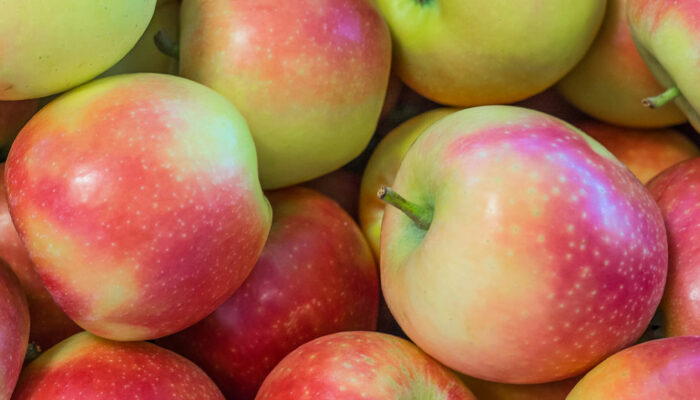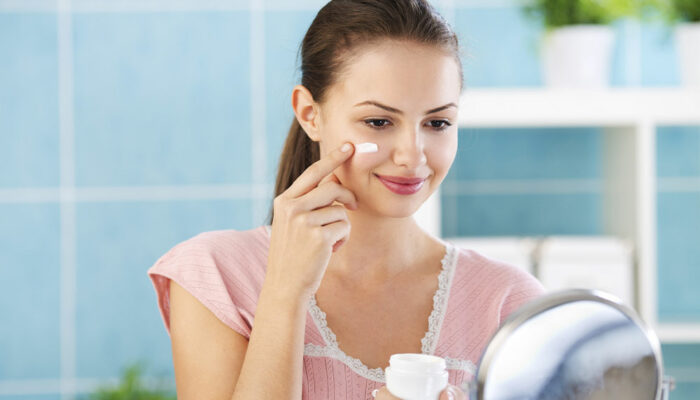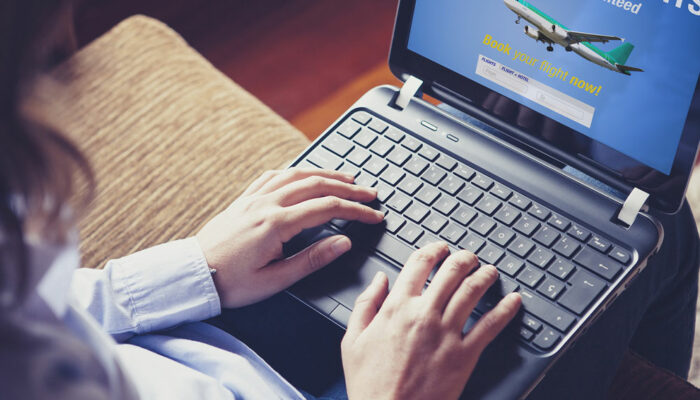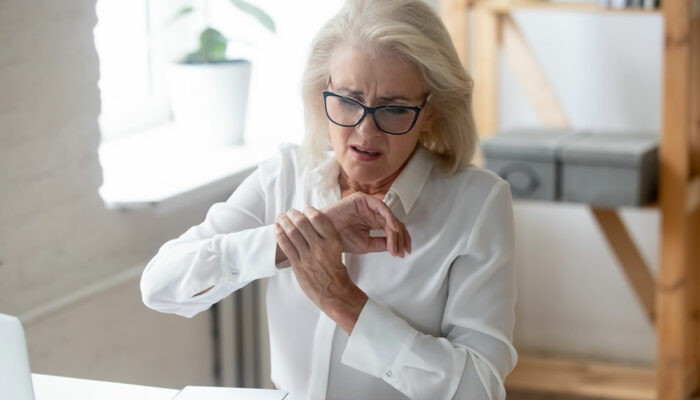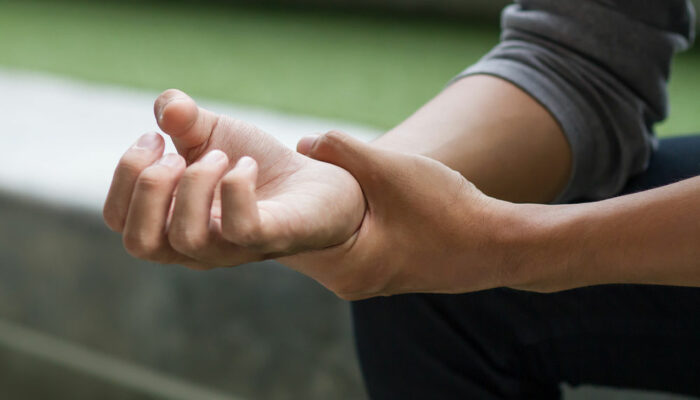4 warning signs of Dupuytren’s contracture
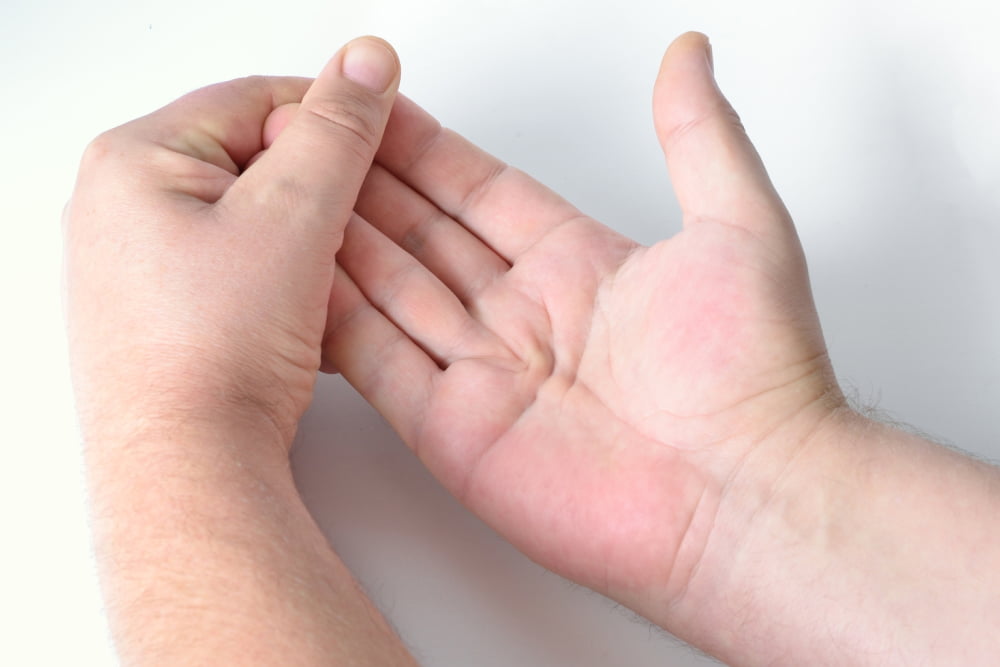
Dupuytren’s contracture is a health condition in which one or more fingers bend toward the palm. These fingers cannot straighten entirely because tissue knots are formed under the skin, which pull the fingers into a bent position. To manage the problem, one must first identify its existence. Here are four common signs and symptoms of Dupuytren’s contracture that one could keep an eye out for and bring to a healthcare professional’s notice.
Bump in the palm
One of the first symptoms individuals notice is a bump or a nodule in the palm. This unusual mass indicates that the connective tissue in the palm has become infected or diseased. It is observed that the growth almost always starts on the pinky finger. This bump is not cancerous but benign, so one may not worry too much. However, individuals should still see a doctor because treating Dupuytren’s contracture in the early stages is important. Not doing so can cause the condition to get worse.
Inability to open one’s palm
People with Dupuytren’s contracture often complain about having difficulty opening their palms to perform everyday tasks. Some say their palms do not open up entirely while washing the face, so their fingernails poke the skin. Patients also complain that they cannot keep their palms fully flat on the table because their fingers are being pulled inwards.
Tender and itchy hands
While this condition is not painful, some reports suggest that the hands can become tender and develop a burning or itching sensation. One may also feel pressure when they try to straighten their fingers due to increased inflammation.
Trouble wearing gloves
If gloves do not fit or feel uncomfortable, it could be due to the bent fingers caused by Dupuytren’s contracture. This is a common sign among many people. Similarly, if someone wants to put their hands in their pockets, four fingers might get in properly, but one may get caught in the pocket and cause discomfort.
It is important to note these symptoms and discuss them with a doctor. The doctor can examine one’s palms and fingers and suggest a solution for recovery.
